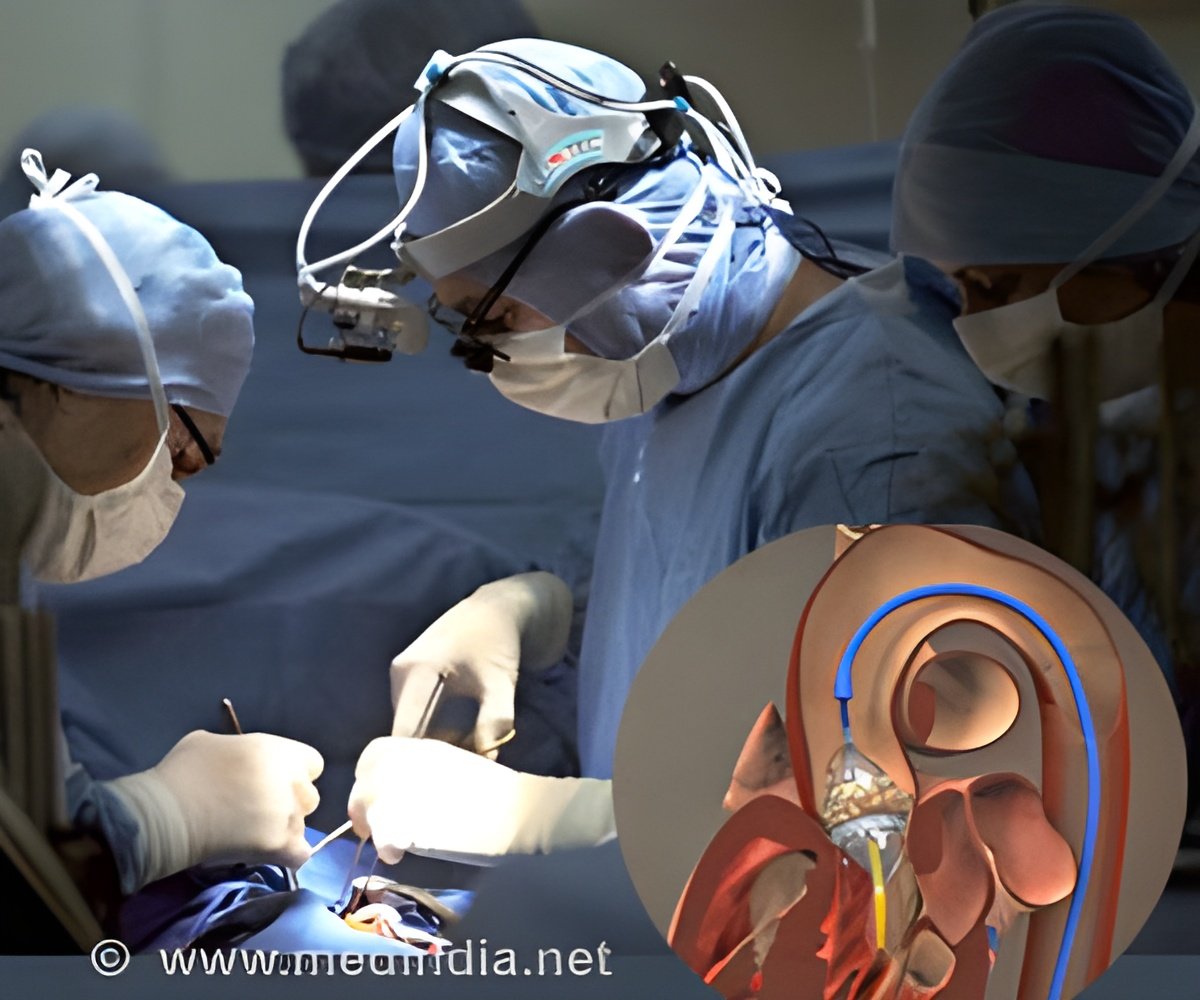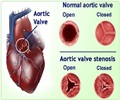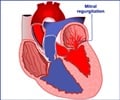New study has favored the use of surgical aortic valve replacement (SAVR) in adults who are younger than 55 years old.

‘TAVR had an advantage over SAVR, though, when the researchers looked at the length of hospital stay: SAVR was longer at 6 days versus 4 days for TAVR (with the length of stay for TAVR expected to continue decreasing).’





Using the STS National Database, Dr. Nelson and colleagues from Nemours and the Cleveland Clinic in Ohio examined data from patients who were 18 to 54 years old and received aortic valve replacement (SAVR or TAVR) between 2013 and 2018. Approximately one-sixth of these patients had congenital (present from birth) heart disease (CHD). As a result, researchers combined data from two components of the Database: the STS Adult Cardiac Surgery Database (ACSD) and the STS Congenital Heart Surgery Database (CHSD). Overall, 1,580 unique CHSD and 44,173 ACSD operations were analyzed, and more than 15% of the operations were related to CHD. When isolated SAVR (no other complex operations were performed at the same time as the aortic valve replacement) was compared to isolated TAVR, the stroke rate was 0.9% versus 2.4%, respectively. The researchers also found that the 30-day mortality rate was slightly better for isolated SAVR than for isolated TAVR--1.9% versus 2.9%.
This is especially noteworthy because the number of young and middle-aged adult TAVR candidates is increasing, with TAVR becoming more appealing to younger patients who want to minimize downtime and risks, according to Dr. Nelson. "The wisdom of extending TAVR to a younger adult population that mirrors the characteristics of an older population with acquired aortic valve stenosis may be reasonable," she said.
Dr. Nelson explained that there also are challenges associated with TAVR in younger patients. Most concerning is that little is known about long-term valve durability, and so only time will tell how the latest devices fare as TAVR use is expanded into this group. The researchers also found that patients in this study most often had aortic insufficiency (leakage of the aortic valve) rather than aortic stenosis (narrowing of the valve)--the condition for which TAVR valves currently are approved. Therefore, many younger patients may have a type of valve disease that is "not amenable" to treatment currently available for TAVR, explained Dr. Nelson.
"However, as the durability of these valves and the benefits in other types of valve dysfunction become known through longer-term follow up, I expect the TAVR trend will continue toward younger and younger patients," she said.
Advertisement
Dr. Nelson recognized TAVR as a "disruptive technology" that has changed the way adult cardiac surgery is practiced. "When handled thoughtfully and responsibly, technological advances such as TAVR can help patients lead longer and fuller lives. As a congenital cardiac surgeon, I seek to define which patients will benefit the most from this new therapy and which patients are better served with other modalities," she said.
The heart team approach, including an emphasis on shared decision-making and new collaborations between congenital and adult cardiac surgeons, has become especially important as the number of aortic valve replacement options increases, according to Dr. Nelson. When cardiologists and cardiac surgeons together evaluate aortic valve disease cases, patients receive comprehensive counseling and invaluable insight into all of the viable options for their valve choice, allowing them to make more informed decisions.
"Because each patient is an individual with unique characteristics, deciding on the best valve option means considering the whole picture," said Dr. Nelson. "Taking the time to learn about the risks and benefits of each valve option and sharing in the decision-making process with the heart team is the best way to make the right choice."
Source-Eurekalert















